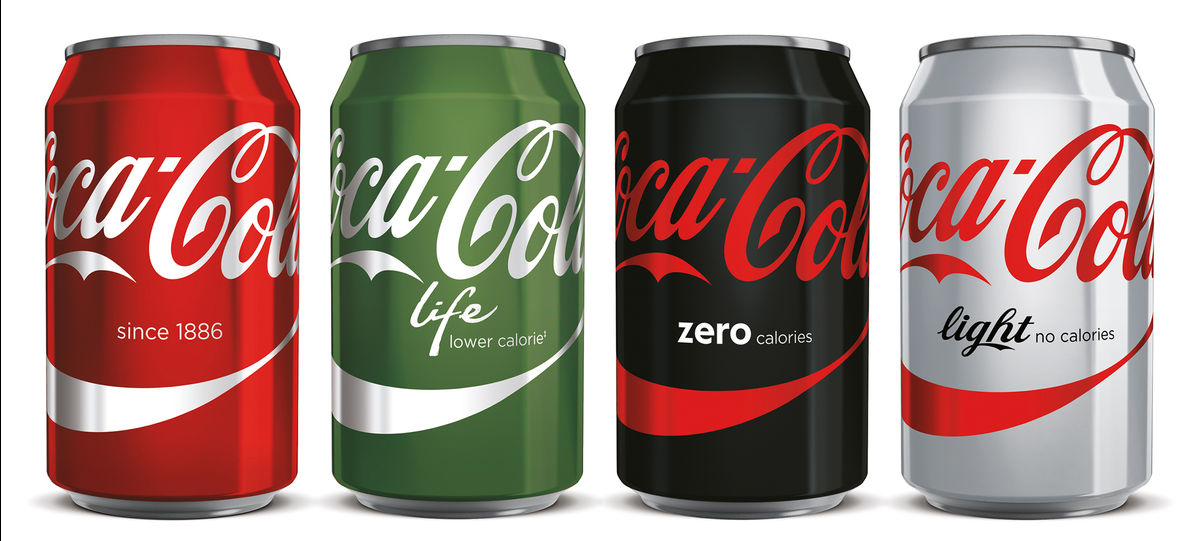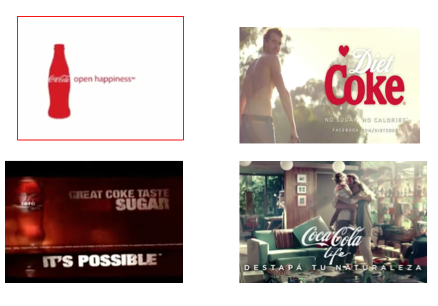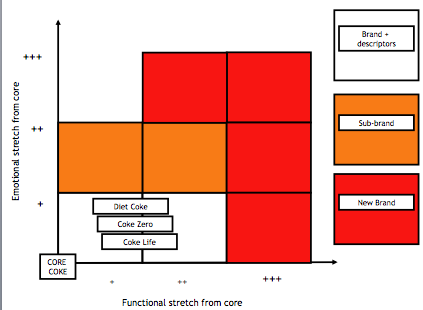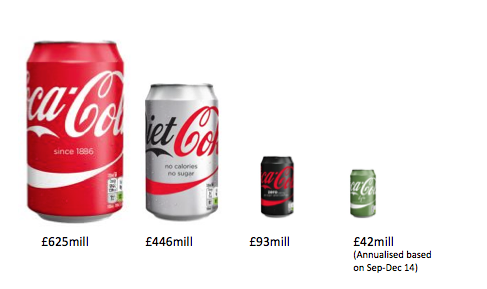This week Coca-Cola announced that for the first time in the brand's history all Coke's key variants will be united in one global creative campaign, “Taste the Feeling.” This follows the move last year to create a more coherent and consistent brand identity (see below), that I previously posted. Below I look at the potential benefits of this approach.
1. Reducing fragmentation
For many years Coke has managed each of its drinks as separate brands, each with its own communication campaign, brand idea, slogan and tonality (see below). In last March's post I said "this approach fragmented Coke's money and talent over four different products which are at the end of the day just different types of cola". And it seems that Chief Marketing Officer Marcos de Quinto shares this view (perhaps he reads the blog?!). "The different brands have sometimes contradicted the personality of Coca-Cola... undermining completely the fundamental Coca-Cola brand promise," he said in a Marketing article.

2. From brands to variants
In last year's post I used our brand stretch framework below to suggest that the optimum architecture was to use the Coke brand plus a descriptor, given that the stretch from core Coke is limited both in terms of product and personality (influenced by the new product sector, the target consumer and the price point). I said at the time "I was never convinced of the need for multiple Coke brands. There is no real difference in product appearance, price position or pack format". And again it seems Marcos is thinking along the same lines, saying “Coca-Cola is one brand with different variants, all of which share the same values and visual iconography.
Whichever one they want, they want a Coca-Cola brand with great taste and refreshment.”

3. Selling the sausage with sizzle
Another shift in strategy seems to be a re-focus on the product "sausage". In recent years a lot of Coke's communication dollars have been spent on the emotional side of the "Open Happiness" idea. Not any more it seems. "We want to help remind people why they love the product as much as they love the brand,” explains de Quinto. The brand plans to create what Rodolfo Echeveria, VP of global creative, calls “emotional product communication.” This idea of telling product stories in an emotionally compelling way has been a common theme on the blog, such as this post from 2011 talking about "Sales = Story x Sausage x Sizzle".

4. Following the money
In re-focusing on the master brand, with red Coke as the hero product, Coca-Cola is "following the money". Coke and Diet Coke account for 90% of the business in the UK, and I reckon the sales split is similar in other markets. Coke Zero has struggled to get close to the objective set at launch of being as big as Diet Coke, as I suggested it would back in 2006 and again in 2010. And Coca-Cola Life is small at the moment. Time will tell if it is a "dwarf", doomed to stay small, or a "toddler" (small but will grow big).

In conclusion, Coke's one brand strategy helps them re-focus on the core Coke brand, and I expect it to deliver a better ROI. Total sales might be the same or even a bit less. But the amount of marketing budget should be a lot less.
David Taylor is managing partner of the brandgym. Read more from him in our Clubhouse.